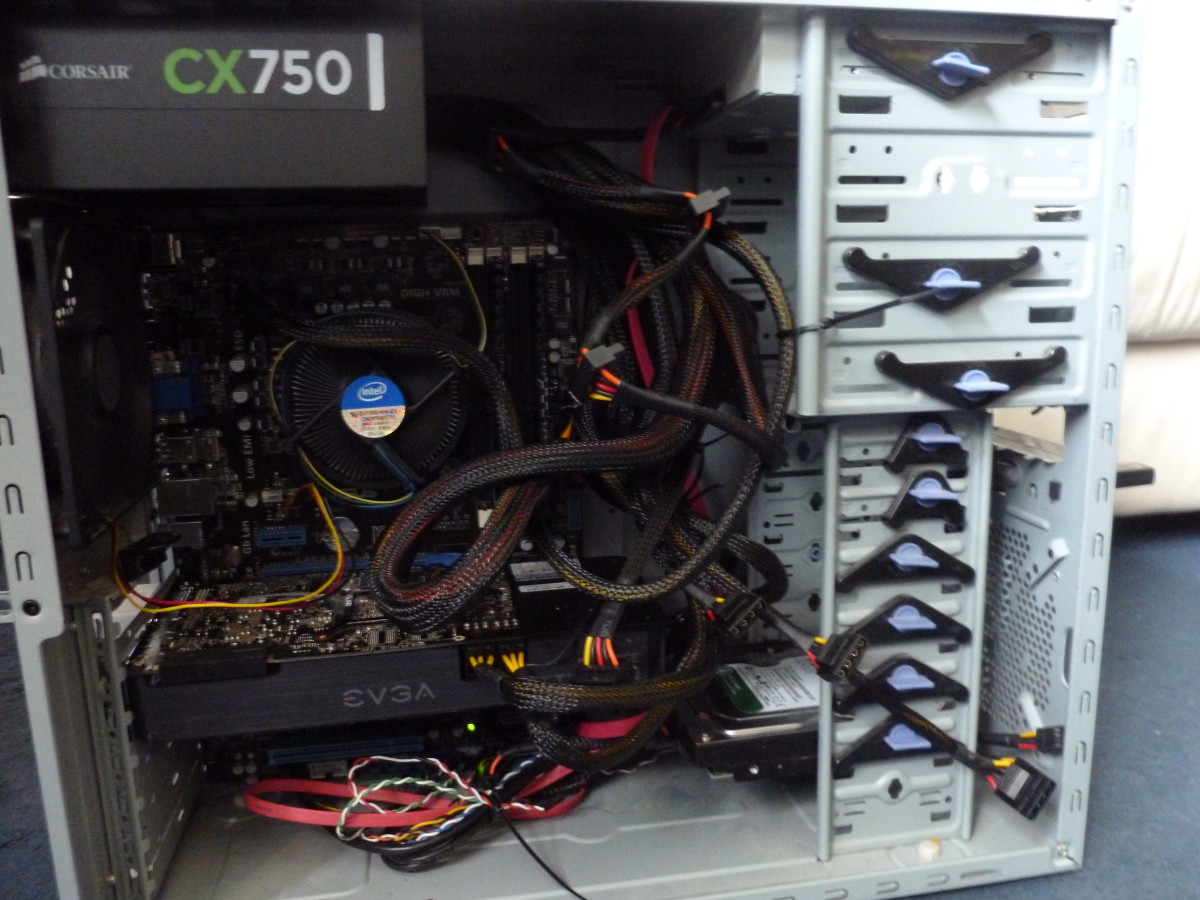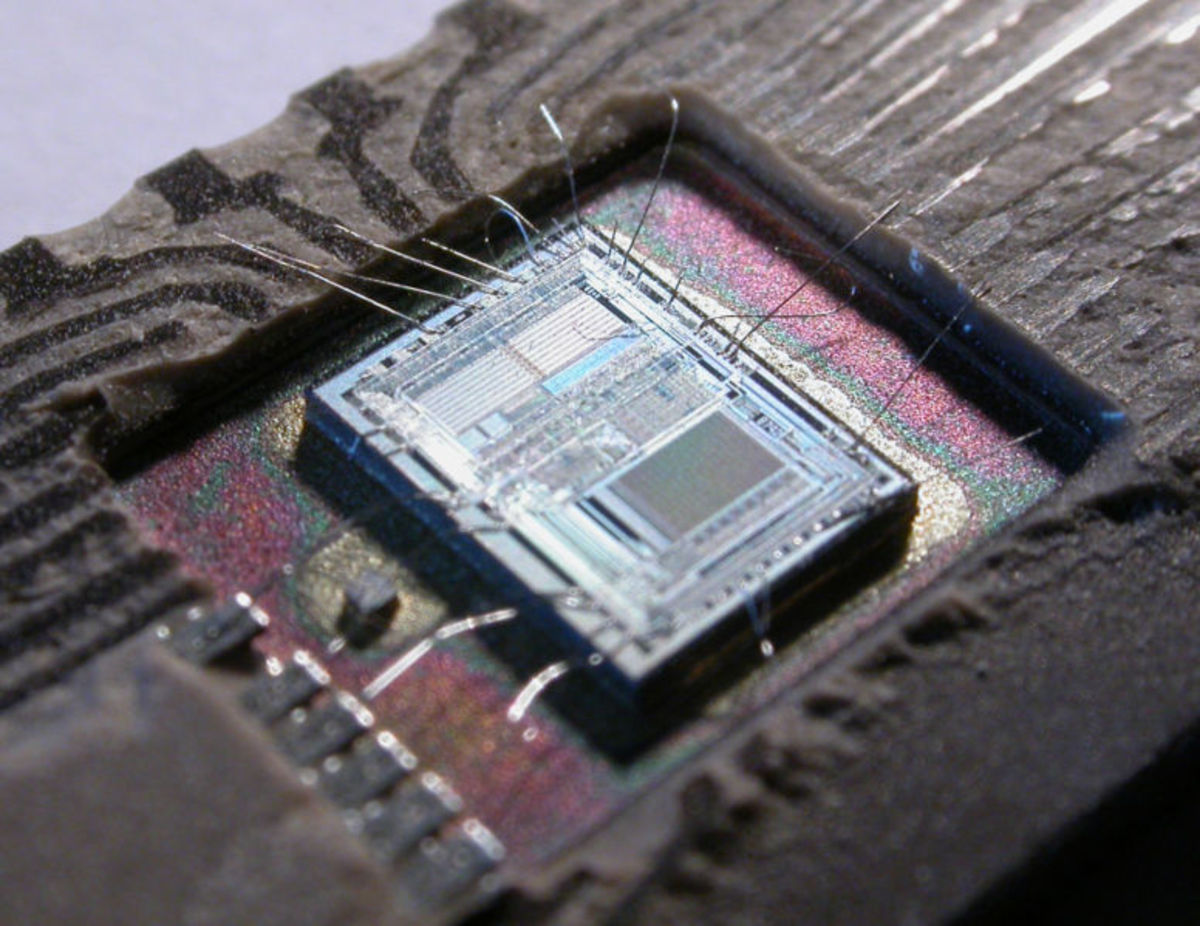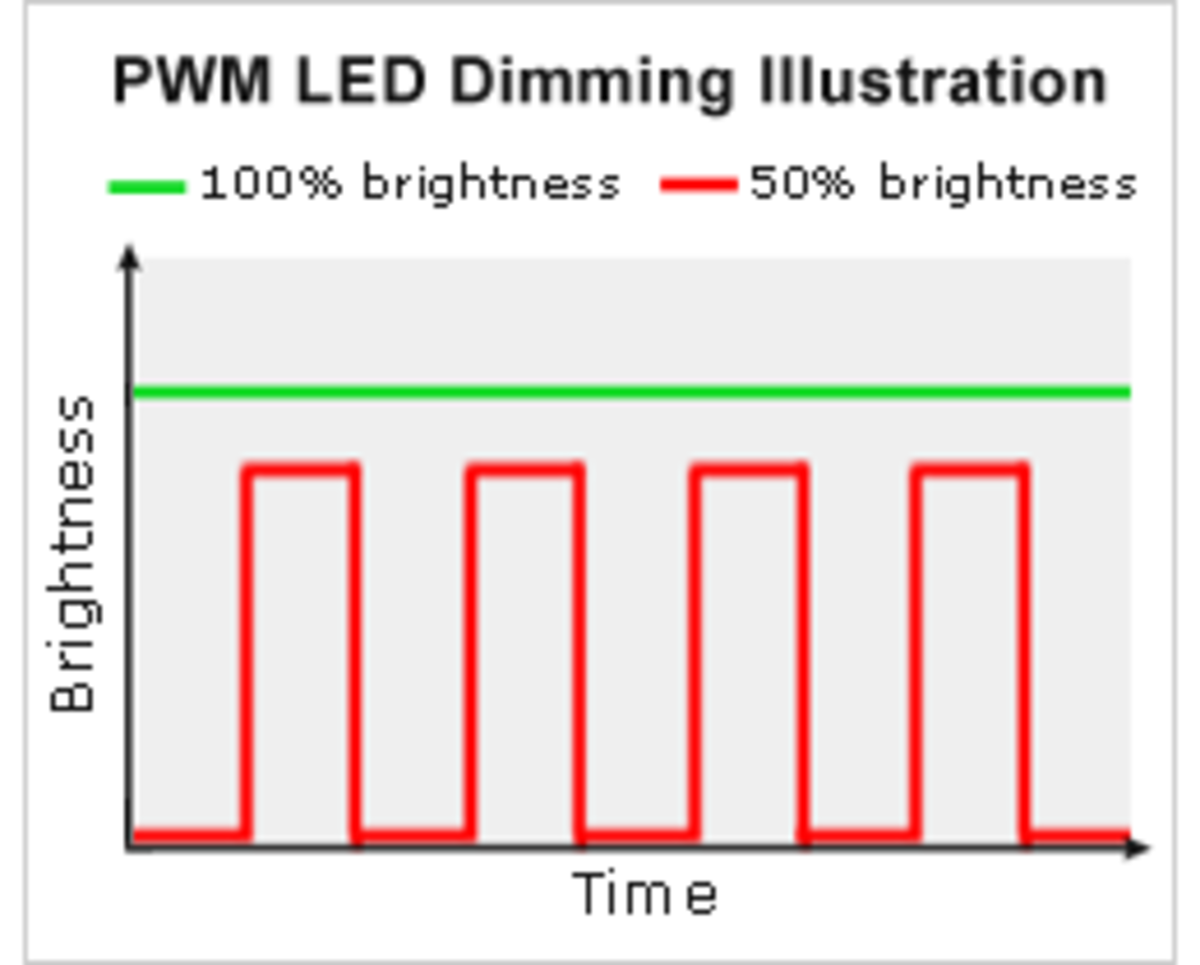Intel's Three D Transistor - 22nm
Intel's Hot News
May 16, 2011
Last week Intel announced a breakthrough in transistor design. After ten years of research the chip giant publicly announced a revolutionary design in transistor technology. The thee dimensional transistor. Intel spokespersons state that the new design will make it to market sometime in 2012. The new transistor based chips are already code named "Ivy Bridge."
This article will discuss the new design by comparing the "tri-gate" design to traditional transistor design of years past.
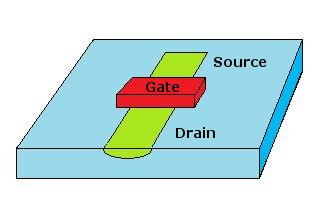
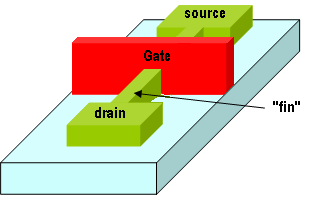
Differences
Intel's new transistor, dubbed the "tri-gate" or "3D" transistor is also referred to as a fin transistor. This is due to the fact that the source/drain channel sticks up, out of the substrate, like a fin on an old fifties car or perhaps a fish.
The differences between this and the older field effect transistor may seem minor, but some of the advantages are;
- More electrons can flow along the raised channel
- Because the gate surrounds the channel on three sides it is much more effective at switching the transistor on or off
- Because the gate surrounds the channel there is less current leakage out of the channel and into nearby transistors
- Manufacturing techniques only require moderate changes to achieve this new transistor form
By using this new process to manufacture transistors Intel has managed to jump Moore's law and bring a faster, more efficient transistor to market two full years ahead of projection.
Other Benefits
Intel claims that the new three dimensional transistors will consume thirty-seven (37%) percent less power than the previous 32nm planar transistors and will also draw less than half the power of the previous design.
How Big is a Nanometer?
Nano mean's "billionth" so a nanometer is one billionth of a meter.
This is pretty small, so small in fact, that a single nanometer cannot be seen with the eye alone.
To put this into some perspective a human hair (on average) is 100,000 nanometers in diameter. By that measure the Intel "3D" transistors could fit comfortably on the cross-section of a single hair. In fact, you could fit over two thousand, assuming you need space between them of about the same width as the transistor itself, across the diameter of a hair.
Disclaimer
The author was not compensated in any way, either monetarily, with discounts, or freebies by any of the companies mentioned.
Though the author does make a small profit for the word count of this article none of that comes directly from the manufacturers mentioned. The author also stands to make a small profit from advertising attached to this article.
The author has no control over either the advertising or the contents of those ads.



